Plants are amazing creations that come in all shapes and sizes. From towering trees to tiny mosses, they can be found in nearly every corner of the world. But some plants are truly bizarre, with features that seem more at home in a science fiction movie than in nature. Here are some of the weirdest plants you'll ever see.
The Venus Flytrap is a carnivorous plant that captures insects with its modified leaves. The leaves are hinged and can snap shut when an insect triggers tiny hairs on their surface. The trapped insect is then slowly digested by enzymes produced by the plant.
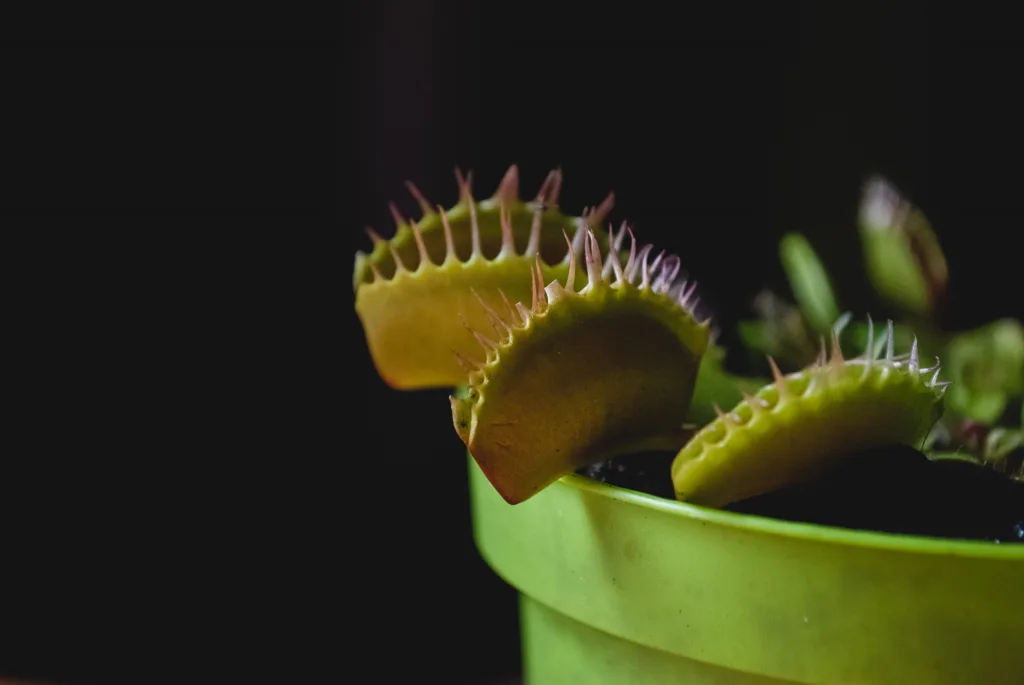
The Corpse Flower, also known as the Titan Arum, is the largest flower in the world. It can grow up to 10 feet tall and emits a foul odor that smells like rotting flesh. This scent attracts carrion beetles and flies, which help to pollinate the flower.
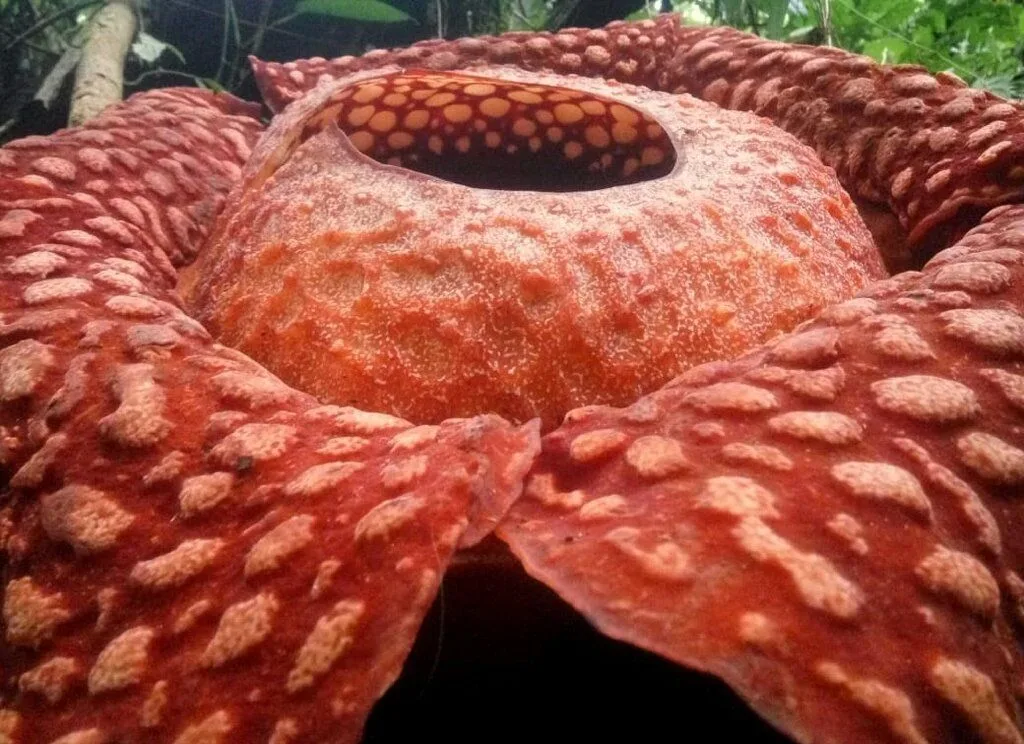
The Pitcher Plant is another type of carnivorous plant that captures insects. It has a deep, slippery cavity filled with digestive enzymes that trap and digest insects that enter. Some species of Pitcher Plant can grow to be over three feet tall.
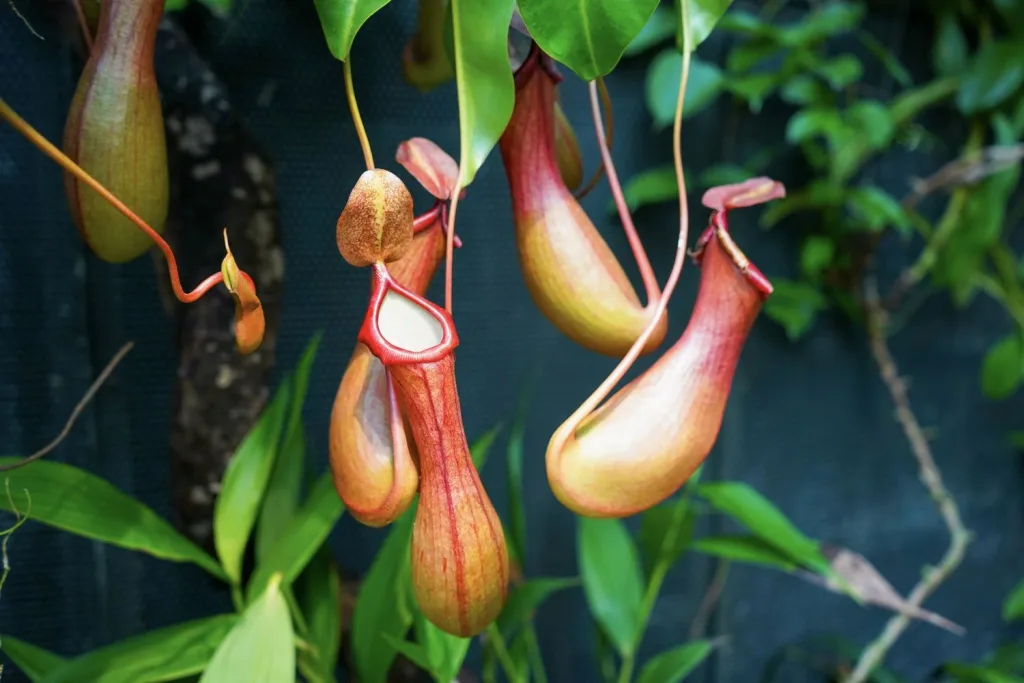
The Welwitschia is a plant that is native to the Namib Desert in southern Africa. It has only two leaves, which can grow to be over 10 feet long. The plant can live for over a thousand years and survives on a minimal amount of water.
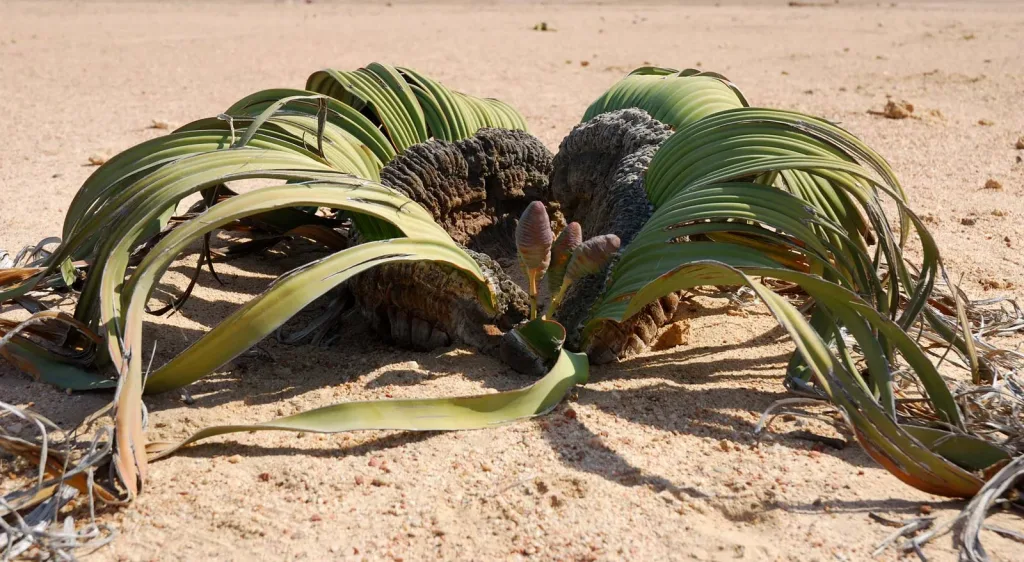
The Bleeding Tooth Fungus is a type of fungus that grows on the roots of conifer trees. It has a red, tooth-like appearance and oozes a red fluid when touched, giving it its name. The fluid is not blood, but a type of sap that protects the fungus from predators.
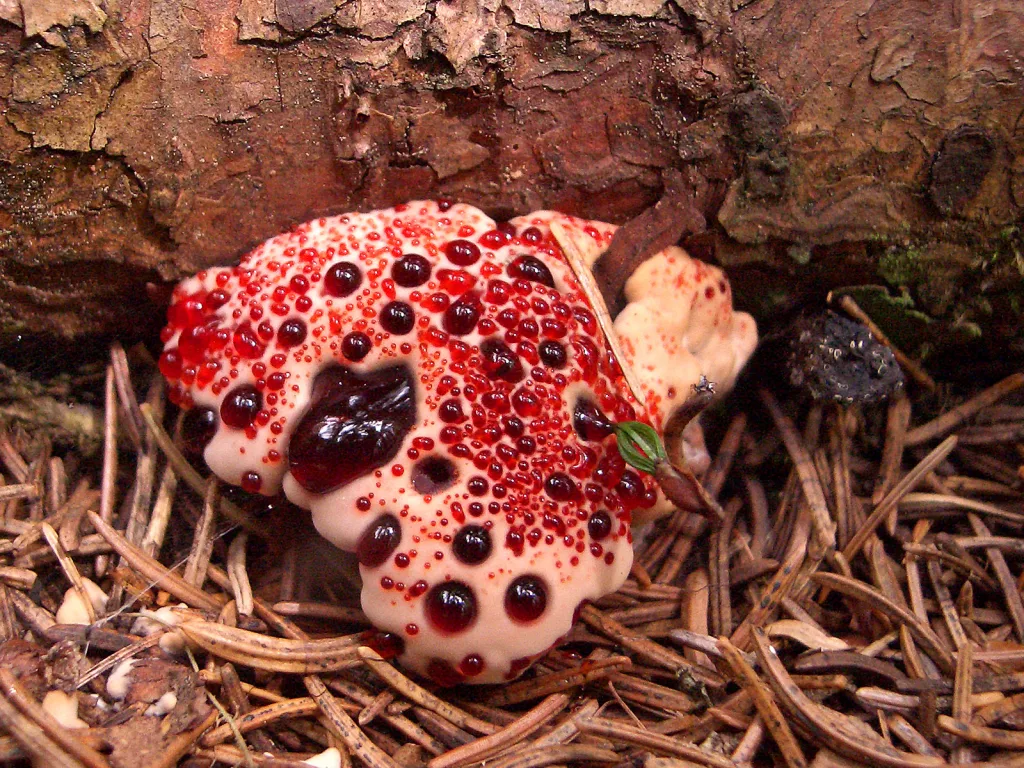
Living Stones are a group of plants that look like stones or pebbles. They are native to southern Africa and have adapted to survive in hot, dry conditions. Their flattened, round shape helps to reduce water loss, and they can survive for long periods without water.
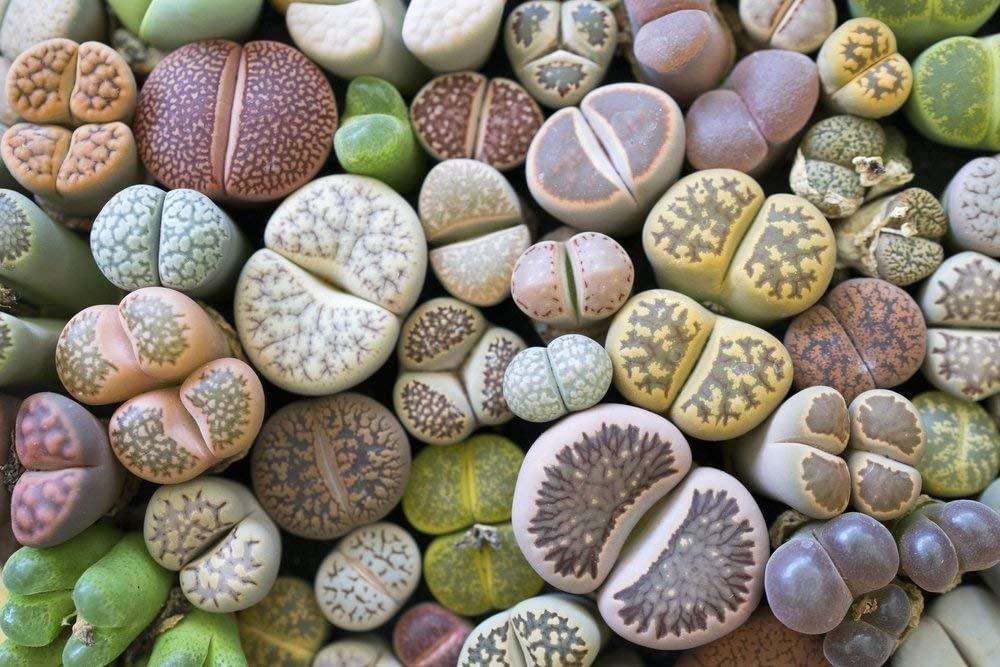
In conclusion, the plant world is full of weird and wonderful specimens, and these are just a few of the many strange plants that exist. From carnivorous plants that trap insects to flowers that smell like rotting flesh, these plants show just how diverse and fascinating nature can be.